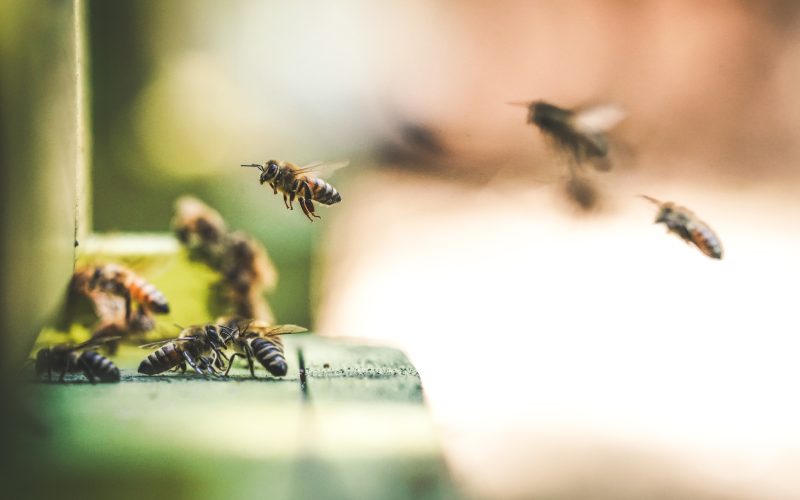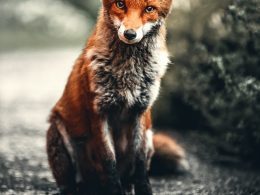When we think of animal courtship rituals, we often picture birds singing to each other or peacocks flaunting their feathers. But did you know that animals have an incredibly diverse range of courtship behaviors, and that these behaviors have been shaped by millions of years of evolution?
Animal courtship rituals are fascinating to study because they offer a window into the complex world of animal behavior. In many cases, these behaviors have evolved to help animals find and attract mates, and can be essential to the survival of a species.
One of the most interesting aspects of animal courtship rituals is that they often involve intricate displays of color, sound, and movement. For example, male birds are known for their colorful plumage, which they use to attract females. Similarly, male insects often use bright colors and patterns to signal their presence and fitness to potential mates.
But it’s not just about looks. Animal courtship rituals can also involve complex behaviors that require coordination and communication between individuals. For example, many bird species engage in elaborate duets, with males and females taking turns singing and responding to each other.
So why do animals engage in these behaviors? One reason is that they help animals to find high-quality mates. By displaying their fitness through color, sound, and movement, animals can attract mates that are more likely to produce healthy offspring.
But courtship rituals can also serve another purpose: to prevent mating with the wrong species. In many cases, courtship behaviors are highly specific to a particular species, and can act as a sort of “reproductive barrier” that prevents interbreeding between different species.
Interestingly, the evolution of courtship rituals can also be influenced by the social environment in which animals live. For example, in some bird species, males will adjust their courtship displays depending on the presence of other males in the area. Similarly, in some insect species, males will synchronize their calls to create a more impressive chorus.
Of course, not all courtship behaviors are created equal. Some are more elaborate and intricate than others, and some are more effective at attracting mates. In some cases, these behaviors can even be harmful to the animals that engage in them.
For example, in some species of spiders, males will present a gift of food to females during courtship. But if the female isn’t hungry, she may simply eat the male instead. Similarly, in some bird species, males will engage in “sneaky” behavior, such as hiding in bushes and attempting to mate with females when other males aren’t around.
Despite the risks involved, animal courtship rituals continue to fascinate scientists and the general public alike. By studying these behaviors, we can gain a deeper understanding of the complex world of animal behavior, and learn more about the intricate ways in which evolution has shaped the natural world.
In conclusion, animal courtship rituals are far more complex and varied than we often imagine. From the intricate songs of birds to the bright colors of insects, these behaviors have evolved over millions of years to help animals find and attract mates, and to prevent mating with the wrong species. By studying these behaviors, we can gain a deeper appreciation for the incredible diversity of life on our planet.












